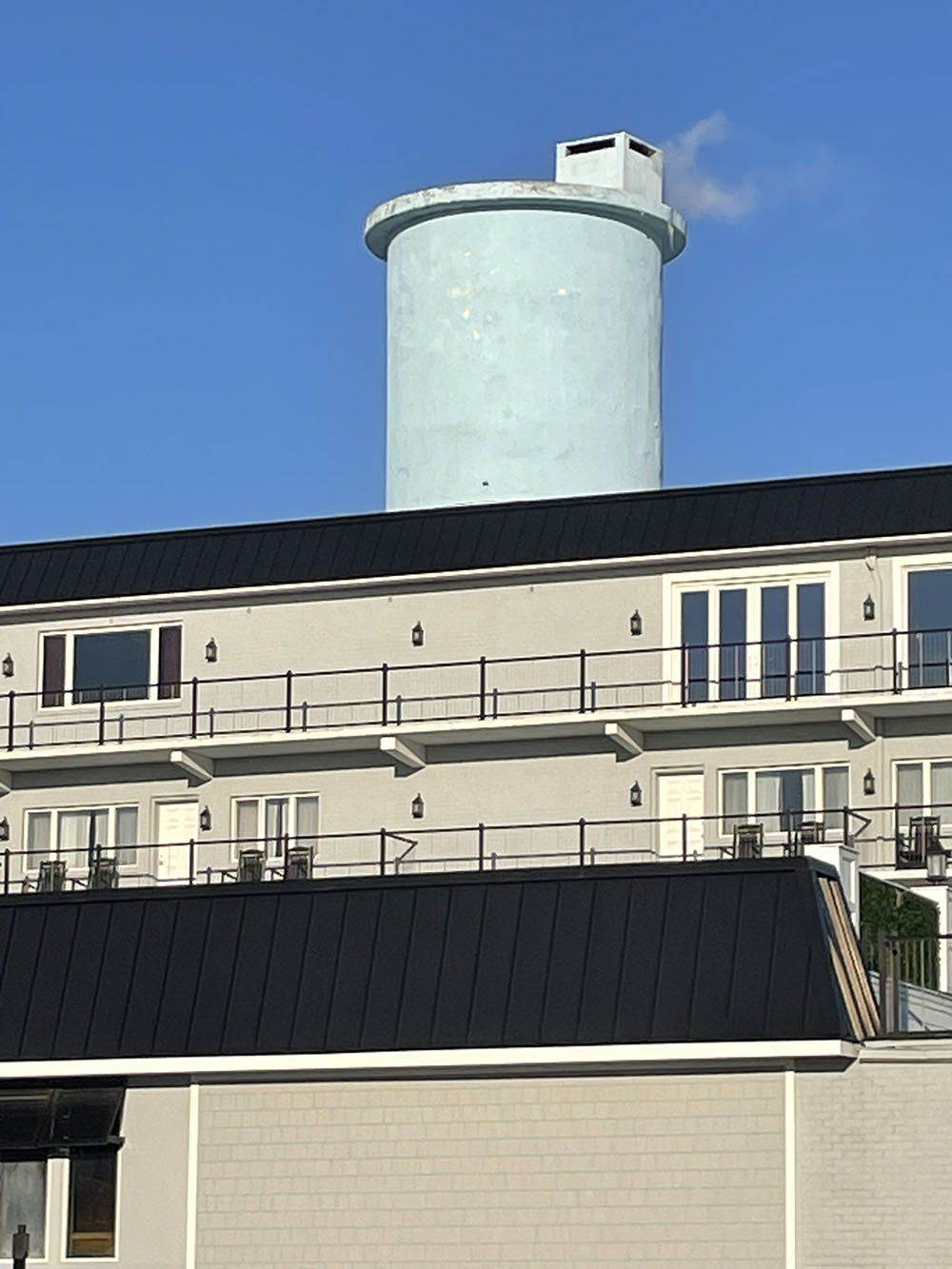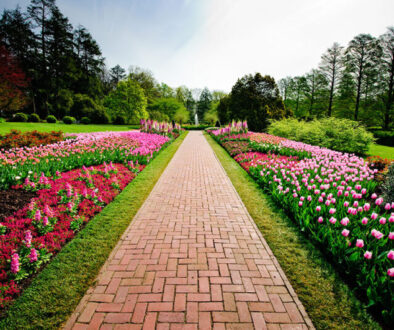Historic Cold Spring Village: Lesser known, yet near and familiar
When you drive out of town on Broadway and cross the bridge over the canal that separates Cape Island from the rest of the Jersey Cape, Broadway becomes Seashore Road. Go another mile and you’ll come upon Historic Cold Spring Village. The Village’s sylvan setting and its arrangement of more than two dozen salvaged and relocated historic buildings are intended to transport visitors into a feeling of being at one with an earlier America. The buildings, the vast bulk of which have been moved to the Village, and many of which have been repurposed to serve new uses, touch all aspects that were once common to everyday life—from education, transportation, and hospitality to farming and skilled trades.
As a model of an early settlement, there are several important reminders of the original village of Cold Spring. The 1823 Cold Spring Presbyterian Church, the 1850 George Hildreth House, and the 1912 Cold Spring Grange Hall on Seashore Road, as well as the cold spring itself on US Route 9 are its most notable survivors. An area of nearly 30 acres roughly defined by these landmarks is the setting for today’s Historic Cold Spring Village, a living-history museum that uses a unique assemblage of historic buildings to showcase the vernacular architecture of South Jersey and promotes the history, artifacts, and architecture of the rural agricultural and fishing economies that existed in this region for hundreds of years. According to architectural historians Janet Foster and Joan Berkey, whose efforts resulted in the Village being formally listed in 2016 as a historic district on the New Jersey State Register of Historic Places, the Village “balances the urban, Victorian-era shore-resort history in nearby Cape May City. Together, the two provide a much fuller and more accurate picture of Cape May and South Jersey’s development than either one alone.”


The genesis of what we can experience today began in 1971 when Dr. Joseph and Annie Salvatore purchased the Cold Spring Grange Hall, a meeting hall typical of rural communities that served political, civic, business, educational, and social functions for the farmers and residents of the area. It is a local manifestation of a national movement that started in the Midwest during the reconstruction years following the Civil War to address the economic interests of farmers. The Salvatores’ vision of using the Grange as a museum of early American life soon blossomed into the setting we know today.
Much of the Salvatores’ passion for the preservation of historic buildings comes naturally through family connections. Frederick Rath, a pioneering figure in historic preservation and Annie Salvatore’s uncle, was, among many notable achievements, the first director of the National Trust for Historic Preservation when it was chartered by the US Congress in 1949. His role at the Trust and subsequent efforts at Cooperstown, FDR’s Hyde Park, and South Street Seaport provided the impetus and guidance. Among other inspirations, Annie credits her uncle’s influence and outings with Joe and their children to the Farmer’s Museum in Cooperstown, New York and Sturbridge Village, Massachusetts, for, “their shared idea of a living-history museum that became Historic Cold Spring Village.”


With her family, Annie often visited the Farmer’s Museum and Sturbridge Village, and saw firsthand how those places developed their sites, collections and interpretive programs as the field of historic preservation came into its own.
The Salvatores’ next effort was to acquire the Heislerville Store, a vernacular wooden-framed building dating to 1876 and relocate it to the Village in 1974 to save it from demolition. Vernacular buildings were not the result of formally trained architecture, but rather, based on the availability of materials and the abilities, skills, and traditions of local builders. Unlike the high styles of Cape May City and Cape May Point, the majority of the structures at the Village reflect vernacular origins.
The Ewing-Douglass House, now repurposed as the Village’s Ice Cream Parlor, soon followed, and, by year’s end, four old buildings were added to the site. The Salvatores spent considerable time and effort in the subsequent years restoring the additional buildings that were moved to the site as they focused on collecting furnishings and artifacts to fill them appropriately. Over time, the Village as we know it today took shape.
The one-room schoolhouse, for example, was moved to the Village in 1988, but dates back to the mid-1800s. Built in Marshallville, a community at the northern edge of the county, its gable-fronted form reflects the Greek Revival style while its simple plan is an archetype of the schools built throughout the United States at the time. The rural schoolhouse experience of long ago is complemented by its two-seater outhouse.


The Village’s oldest building is also the oldest known surviving building in Cape May County. Coxe Hall Cottage, built in 1691 in nearby Town Bank, was moved to the site and restored in 2006. Part of a larger manor house, it was administered by Dr. Daniel Coxe from England, and where rent payments were received, church services were conducted, and court was held. Its appearance and character-defining features are stark, even primitive, when compared to other nearby buildings. The very compact house’s exterior has vertical board siding, rather than clapboards, and its few windows are casements that swing out, rather than sash that slide up and down. The building’s timber frame, exposed on the interior, is both structural and decorative. Its Post Medieval appearance is rooted in the traditional type of building brought to the colonies by the early English settlers and, in so doing, relied on the tools and building techniques used in the old world.
By contrast, the Dennisville Inn is one of the Village’s larger, more exuberant and multi-faceted structures. Originally built in 1836 and moved to the site in 1985, this Federal period building was constructed for use as a tavern and inn for a community about 20 miles to the north. As typical of inns of the period, it was a place of social gathering and accommodations for those traveling by stagecoach between Philadelphia and Cape May. Before the arrival of the railroad in 1863, and when travel by water wasn’t feasible, the overland would have been the only way to Cape May.
When visitors seek diversion from beachgoing and the sun, the Village offers a verdant and absorbing alternative. Along with the Cape May County Zoo in Cape May Court House and the nearby aviation museum at NAS Wildwood, the Village is among the most unique settings we have to offer the curious tourist. These descriptions illustrate but a few of the nearly 50 historic buildings and structures at Historic Cold Spring Village that provide a deeper insight and appreciation to the Jersey Cape we know today.



